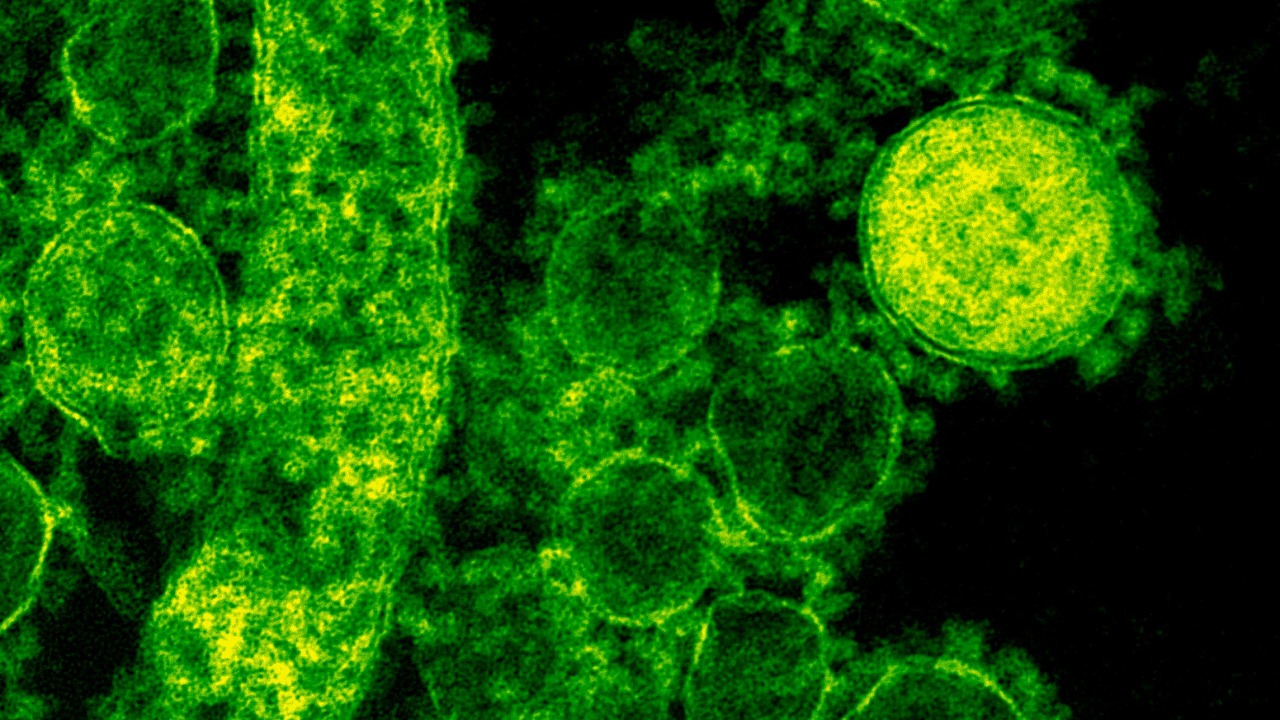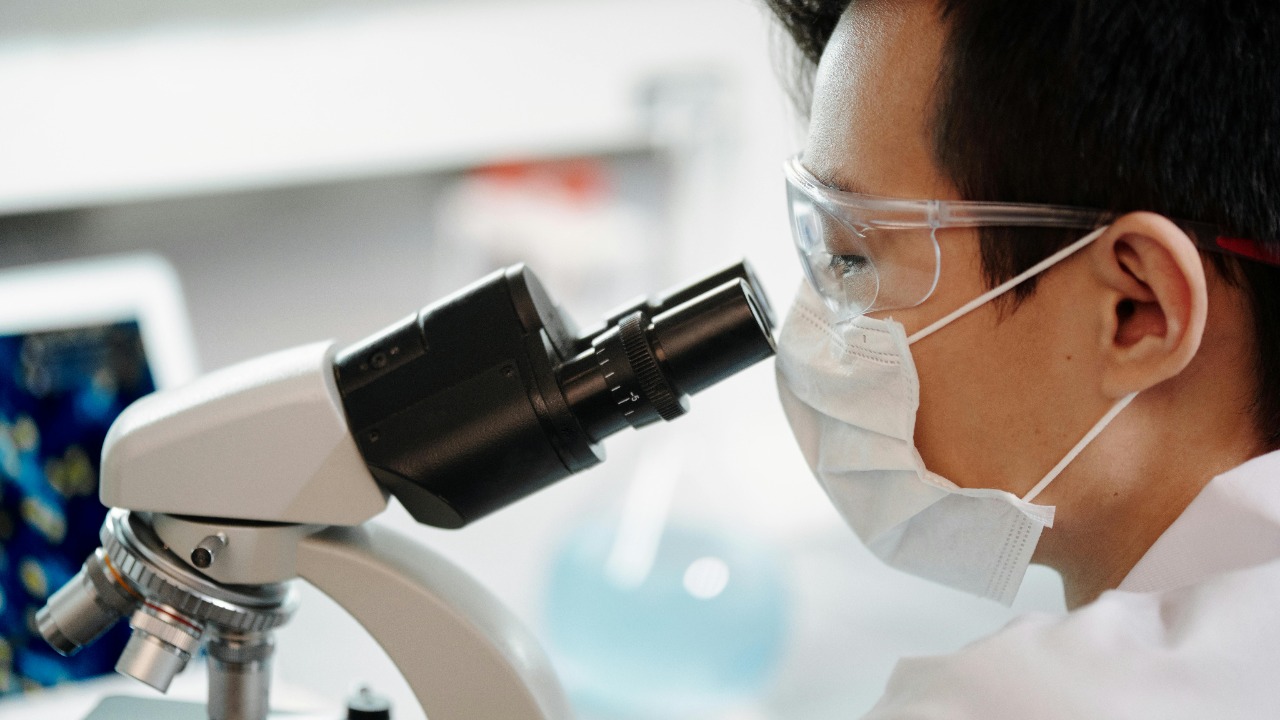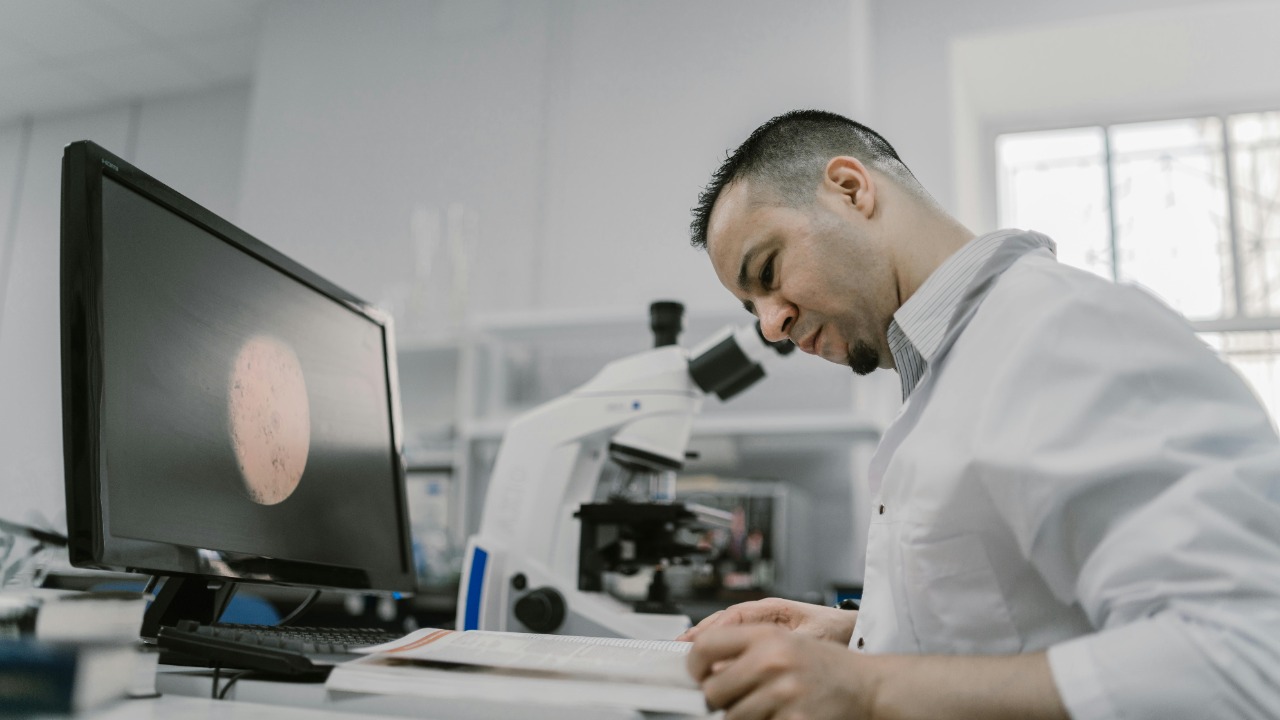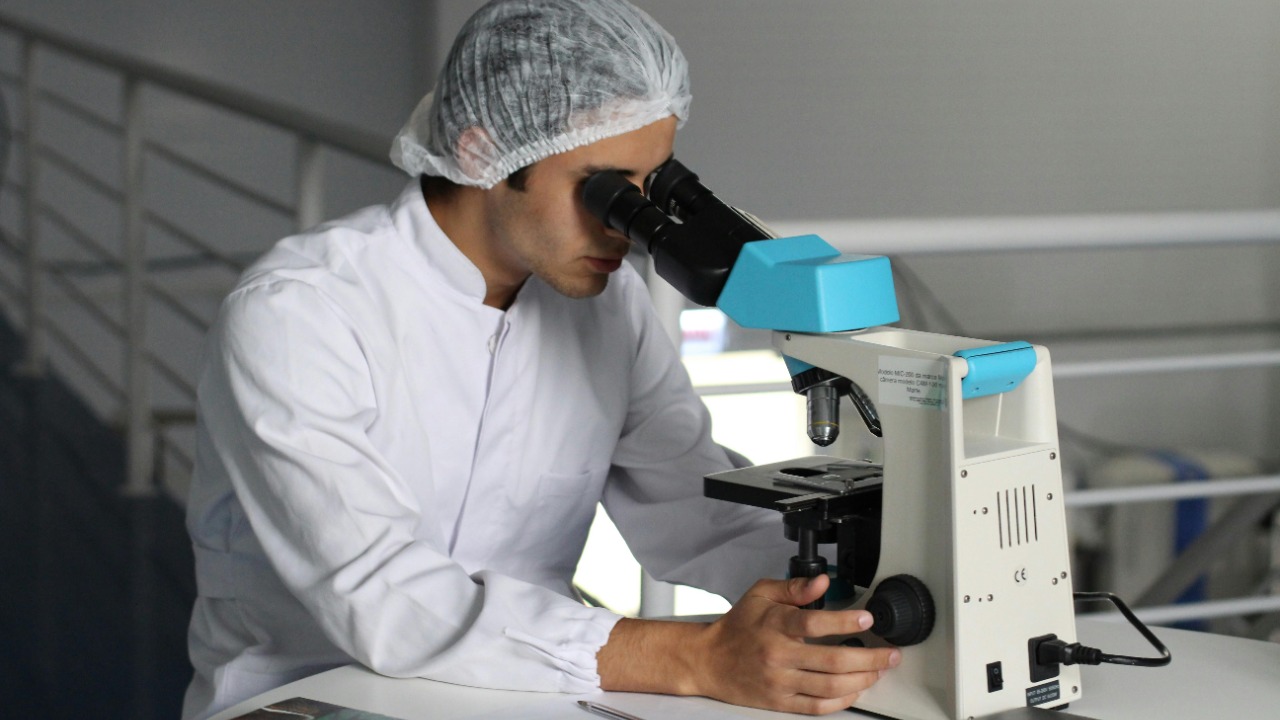
The recent unearthing of bacteria capable of surviving in nuclear waste is a groundbreaking development with the potential to transform radioactive waste management. The existence of these extraordinary organisms questions our comprehension of life’s endurance and versatility in the face of extreme conditions.
Understanding Radio-Resistant Bacteria

Radio-resistant bacteria, such as Deinococcus radiodurans, are remarkable organisms that have evolved to withstand environments with high levels of radiation. While most life forms would be annihilated by the destructive force of radiation, these organisms have developed unique mechanisms to survive and even thrive under such conditions.
The key to their survival lies in their ability to repair DNA damage caused by radiation. When exposed to radiation, the DNA of these bacteria shatters into pieces. However, they possess a powerful and efficient DNA repair mechanism that can accurately reassemble the broken DNA strands, allowing the bacteria to continue living and reproducing. Their resistance to radiation is so high that they can withstand doses a thousand times greater than would kill a human.
The Discovery of Bacteria in Nuclear Waste

The discovery of bacteria thriving in nuclear waste was nothing short of astounding. Researchers exploring the extreme environments of nuclear waste storage tanks were taken aback to find a wide variety of bacteria species persisting in such hostile conditions. These bacteria not only survived but appeared to be thriving in this radioactive environment, a finding that has significant implications for our understanding of life and its potential habitats.
The types of bacteria discovered display a range of characteristics, some of which are entirely new to science. For instance, some species were found to have unique metabolic capabilities, enabling them to harness energy from radioactive materials. Others had evolved complex mechanisms to repair the constant DNA damage caused by the high radiation levels in the waste.
Potential Applications of Radioactive-Waste-Dwelling Bacteria

These radio-resistant bacteria could have a number of practical applications, particularly in the field of nuclear waste management. For instance, their unique metabolic capabilities could be harnessed to break down and neutralize radioactive waste, a process known as bioremediation. This could provide a more sustainable and cost-effective alternative to current waste disposal methods, which are often expensive and environmentally damaging.
Beyond waste management, these bacteria could also have applications in medicine and space exploration. For example, understanding the DNA repair mechanisms of these bacteria could lead to advancements in cancer treatments, as radiation-induced DNA damage is a key factor in many types of cancer. In addition, their ability to survive in extreme conditions could inform the search for life on other planets, providing valuable insights into the potential forms and habitats of extraterrestrial life.
Challenges and Ethical Considerations

Despite the potential benefits, there are significant scientific and technical challenges to leveraging these bacteria. For instance, understanding and harnessing their unique metabolic processes will require extensive research and sophisticated biotechnological techniques. In addition, there are potential risks associated with manipulating these organisms, such as the possibility of creating new, uncontrollable biohazards.
There are also important ethical considerations to take into account. The use of bacteria for bioremediation involves introducing them into the environment, which could have unforeseen impacts on local ecosystems. Moreover, the potential for misuse of these organisms, particularly in the context of biological weapons, raises serious ethical and security concerns.
Implications for Our Understanding of Life

The discovery of these bacteria has far-reaching implications for our understanding of life. It challenges our current notions of where life can exist, demonstrating that life is capable of adapting to a much wider range of environments than previously thought. This not only expands our understanding of life on Earth, but also has significant implications for the search for life on other planets.
Furthermore, this discovery underscores the importance of exploring extreme environments in our quest to understand life’s limits. As we continue to uncover the secrets of these remarkable organisms, we may discover new possibilities for life that we cannot yet imagine. This story of life’s resilience and adaptability in the face of extreme conditions is a testament to the incredible diversity and tenacity of life on Earth.